Erin & Matt in the UK
The London Natural History Museum first opened its doors on 18 April 1881. The museum building itself has become an iconic landmark in London and is one of Britain’s most striking examples of Romanesque architecture.
At the main entrance of the museum is the grand Hintze Hall which since 1979 was home to the museum's key attraction - a life size replica of a diplodocus skeleton. Recently however the skeleton was moved to make way for a full skeleton of a blue whale which has been in the museum's storage since 1891 when the whale was found dead on a beach in Ireland. The whale skeleton is now suspended in Hintze Hall above a number of the museum's other key attractions and was a very impressive sight.
It is not possible to see all of the museum's 80 million individual exhibits in one day so we picked exhibits that interested us the most, including the Wildlife Photographer of the Year exhibition. We also really enjoyed the exhibitions with information about the various scientists and explorers who have contributed samples to the museum over the past century including Charles Darwin and James Cook.
(Photos: Natural History Museum building; ).
erinjennifer
15 chapters
Natural History Museum
July 22, 2017
The London Natural History Museum first opened its doors on 18 April 1881. The museum building itself has become an iconic landmark in London and is one of Britain’s most striking examples of Romanesque architecture.
At the main entrance of the museum is the grand Hintze Hall which since 1979 was home to the museum's key attraction - a life size replica of a diplodocus skeleton. Recently however the skeleton was moved to make way for a full skeleton of a blue whale which has been in the museum's storage since 1891 when the whale was found dead on a beach in Ireland. The whale skeleton is now suspended in Hintze Hall above a number of the museum's other key attractions and was a very impressive sight.
It is not possible to see all of the museum's 80 million individual exhibits in one day so we picked exhibits that interested us the most, including the Wildlife Photographer of the Year exhibition. We also really enjoyed the exhibitions with information about the various scientists and explorers who have contributed samples to the museum over the past century including Charles Darwin and James Cook.
(Photos: Natural History Museum building; ).
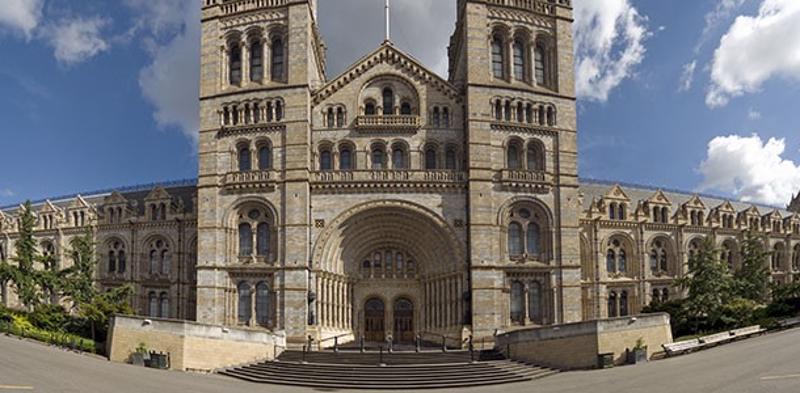
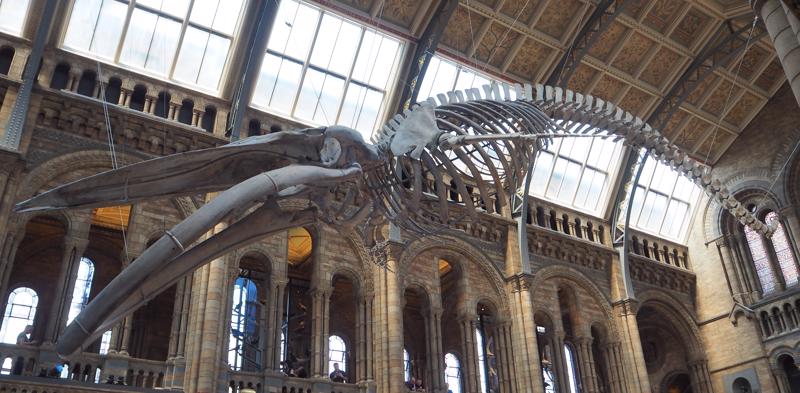
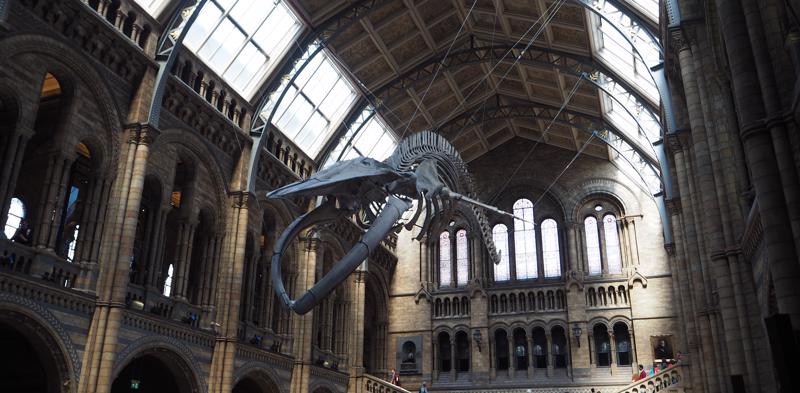


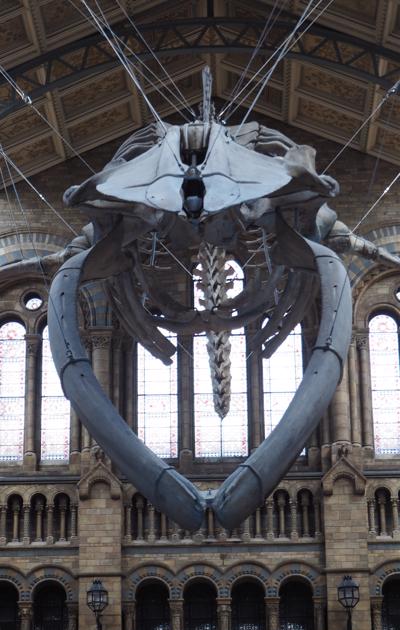
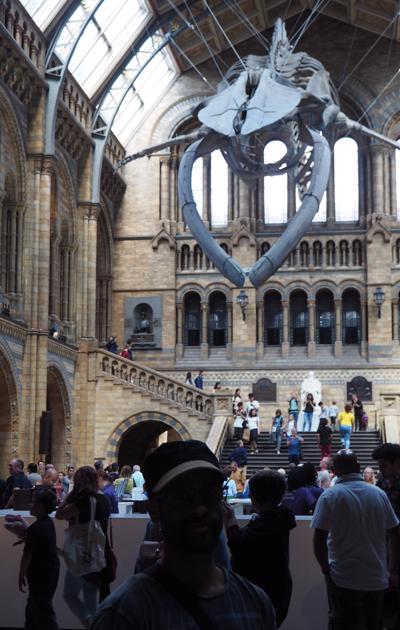
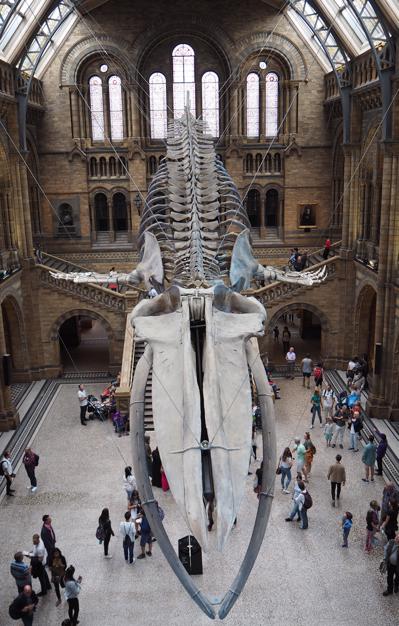
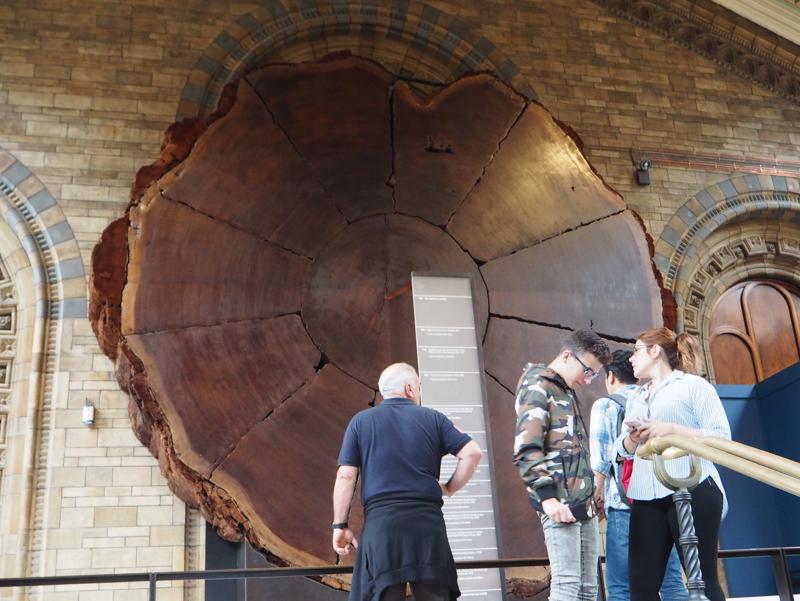
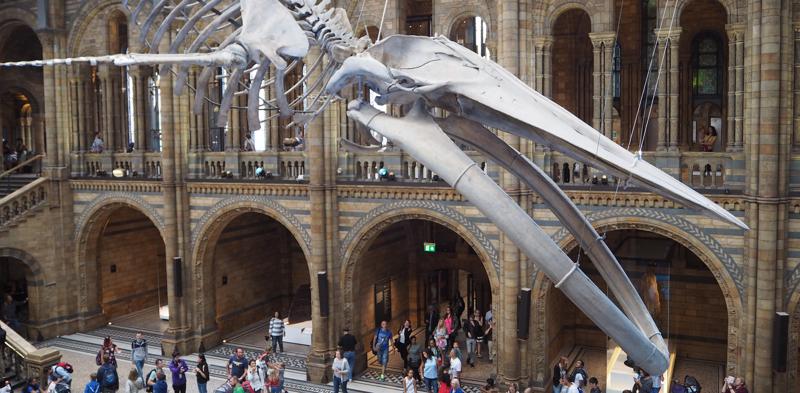
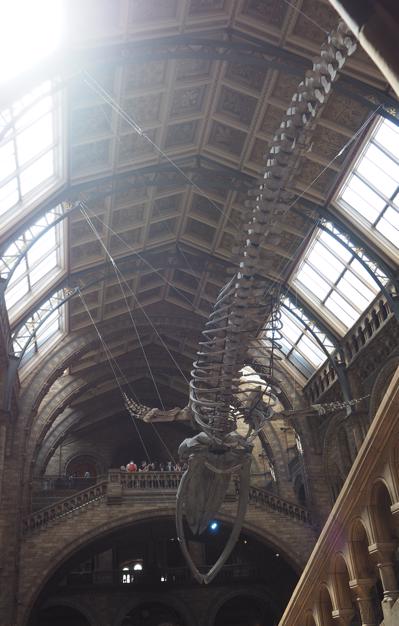
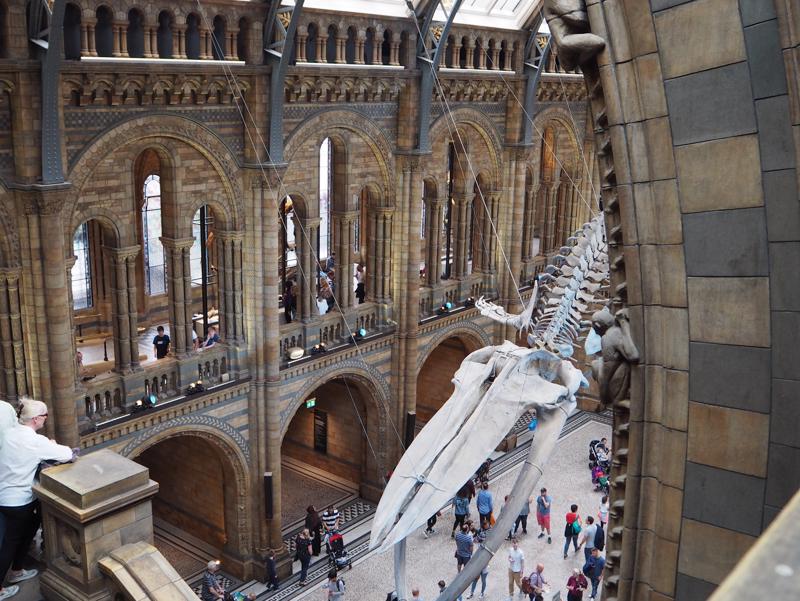

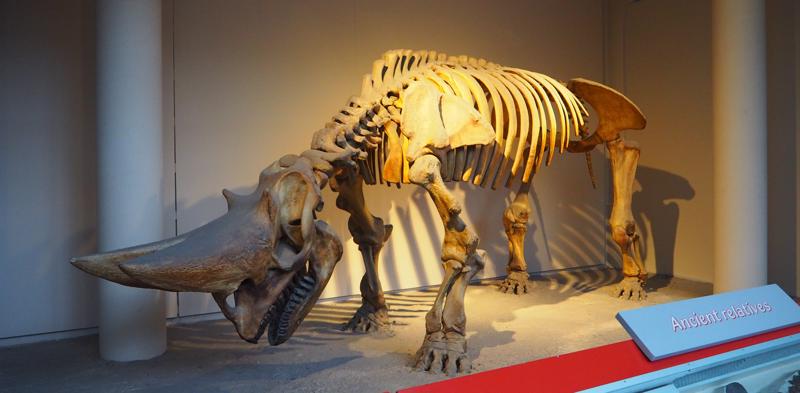
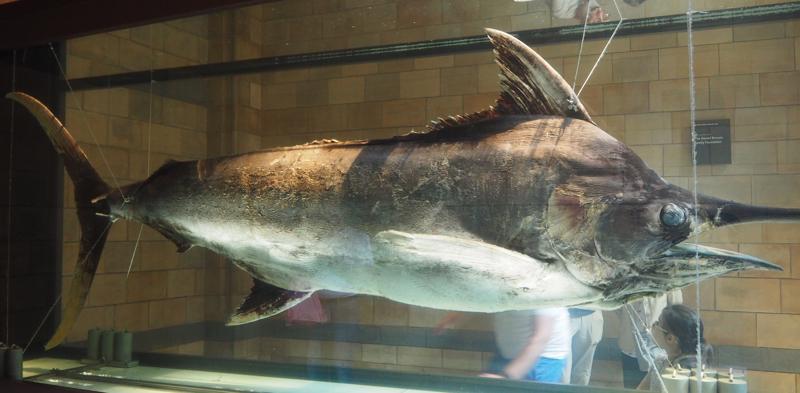
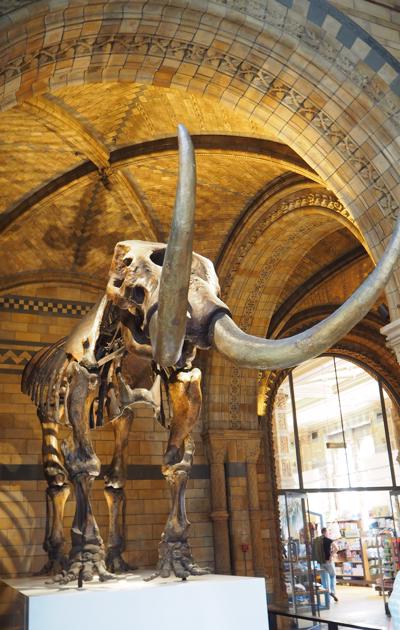
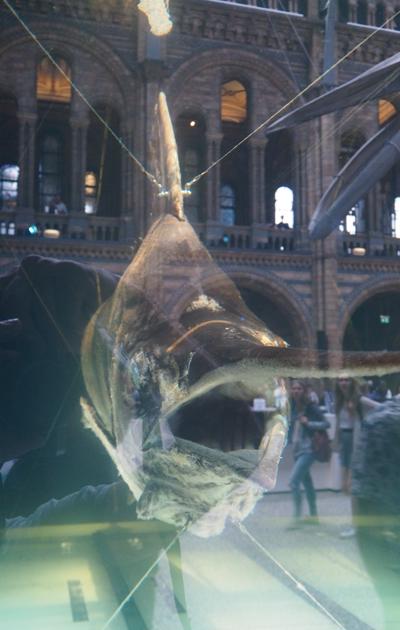
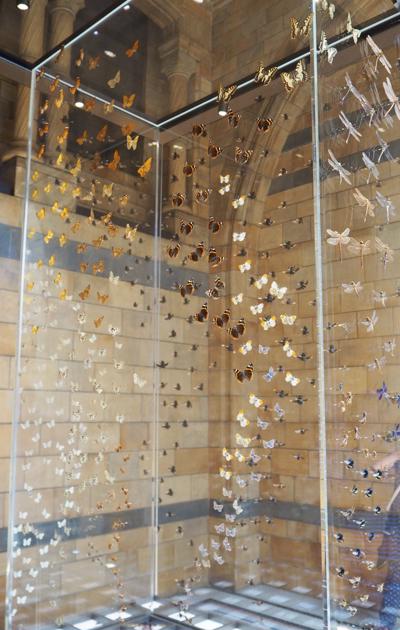
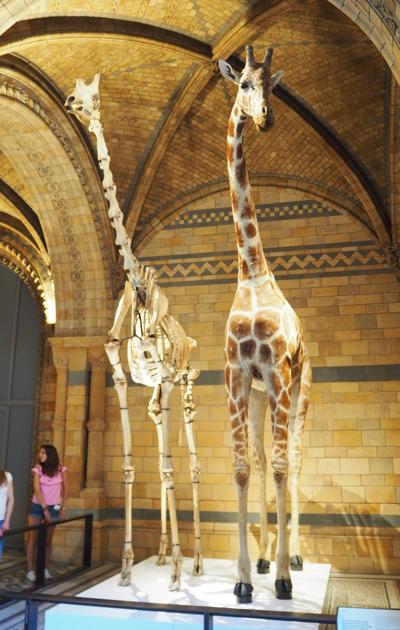
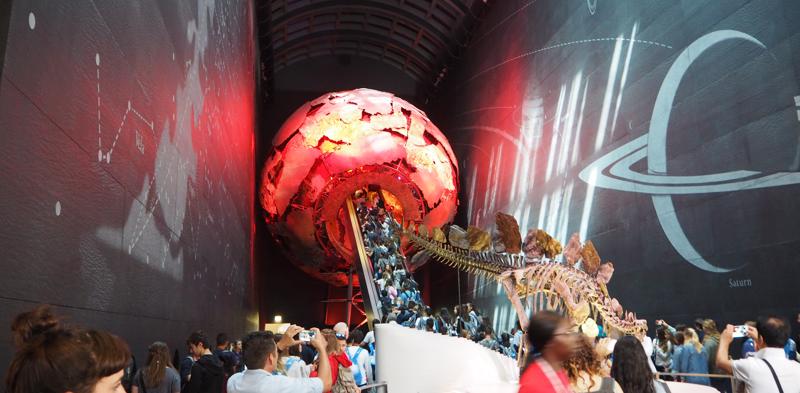
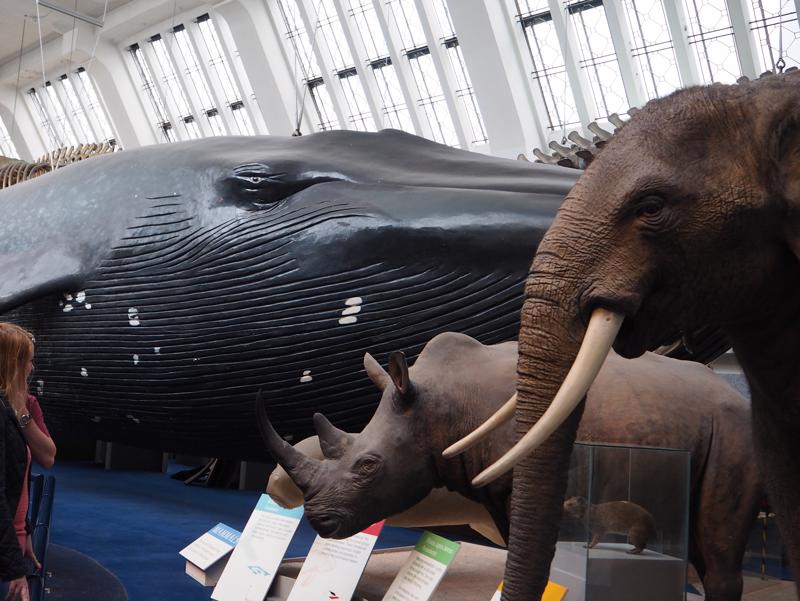
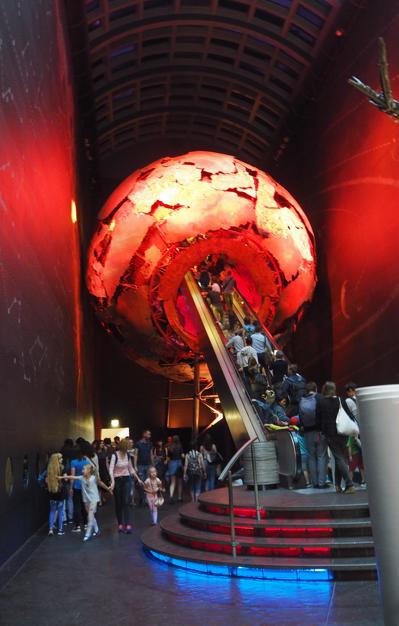
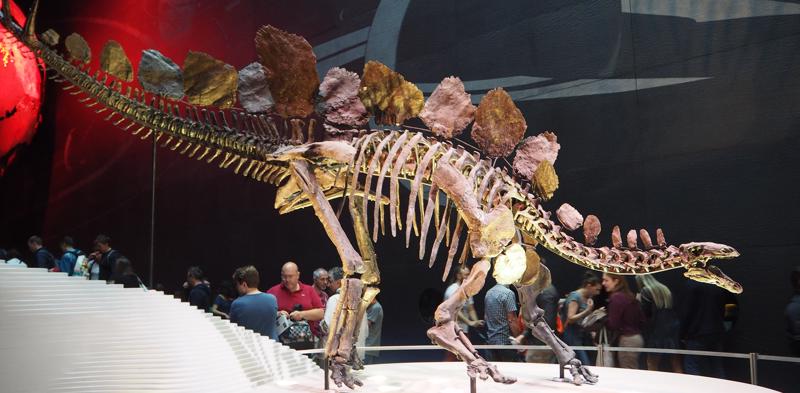
Share your travel adventures like this!
Create your own travel blog in one step
Share with friends and family to follow your journey
Easy set up, no technical knowledge needed and unlimited storage!